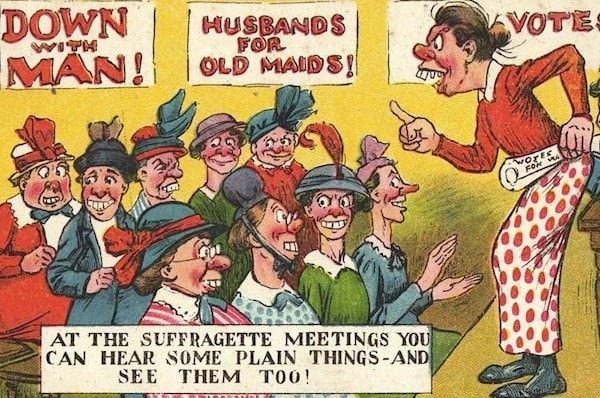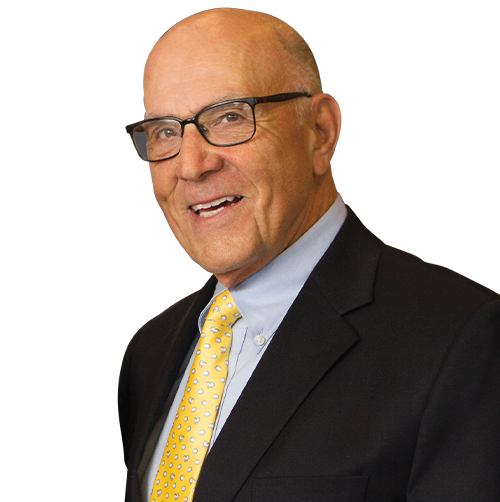While we generally profile great women from dentistry’s past, we do not want to neglect any woman of the past who has advanced the cause of equality for women and the advancement of society in general. On the run-up to Women’s History Month (March) we are profiling a woman who worked tirelessly for others in the medical field as a nurse and also championed women’s right to vote – Mary Bartlett Dixon Cullen. She displayed the tenacity and persistence, along with the will to make things better, that we at Benco Dental and the entire Lucy Hobbs Project hope to support in today’s women dentists.
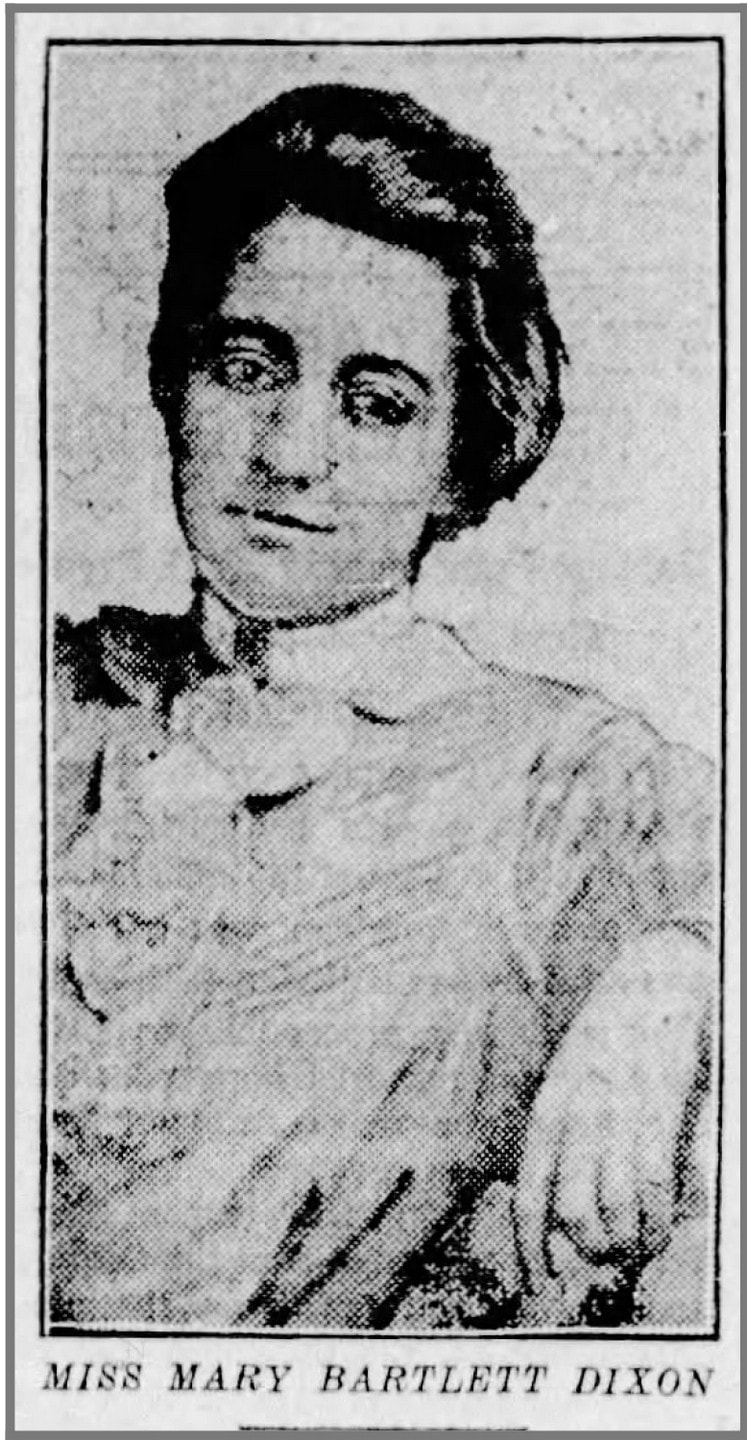
Photo from The Baltimore Evening Sun, August 14, 1912.
Mary was born in Baltimore, Maryland in 1873. Her father, William T. Dixon, was a member of the Board of Trustees of the Johns Hopkins University Hospital before becoming President of the hospital; he also owned the Dixon-Bartlett Company and was president of the National Exchange Bank. Mary Bartlett Dixon was admitted to the Johns Hopkins School of Nursing, as many other young women were starting to do, as the Civil War had opened that career up for females.
At the time of her enrollment, the student nurses worked longer hours than the Principal of the School of Nursing, Adelaide Nutting, thought they should. She figured with the President of the university’s daughter enrolled, he would see and hopefully, reduce, the number of hours the nurses toiled. This strategy worked, and Mr. Dixon reduced the hours, however; Miss Dixon worked twice as hard as her peers and graduated in 1903.
No Longer Neutral
As she started working, Mary chafed at the neutral stance nurses were expected to exhibit in the face of political inequality. At one point, she wrote a letter to the editor of the American Journal of Nurses criticizing the journal’s neutral position on women’s suffrage. She rapidly realized that one could not separate women’s health with women’s rights – they were undeniably linked. How could you improve people’s health if you couldn’t improve their lot politically? In October 1908, Dixon published an essay titled “Votes for Women” in the Nurses’ Journal of the Pacific Coast. Dixon asserted, “no other issue or matter could be attended to until nurses were politically oriented.” She urged nurses to find out the voting laws in each state, as some states (particularly in the West) allowed women to vote in local elections, although by the early 1900s, if a state had allowed women to vote in certain elections, they might have revoked such rights and no woman could vote in a national election. Most states had some combination of rules that allowed almost any one, (sometimes they needed to own property) over the age of 21 and who lived in a community for one year to be eligible to vote ‘except women, children, idiots, and criminals,” Mary found.
Pushing Ahead
By October 1909, Mary was the chairman of the Woman’s Suffrage Association of Maryland, compiling a pamphlet championing the cause of women to vote. Along with working tirelessly for suffrage, she continued her nursing. She worried that there was no nursing school or hospital in Easton, the seat of Talbot County, Maryland. In 1907, she and Elizabeth Wright set up a school of nursing with no money – it was all staffed by volunteers. The school eventually became the MacQueen Gibbs Willis School of Nursing and then part of the Allied Health program at Chesapeake College. She was also the founder of the Talbot County Children’s Aid Society.
Not Afraid to Suffer for the Cause
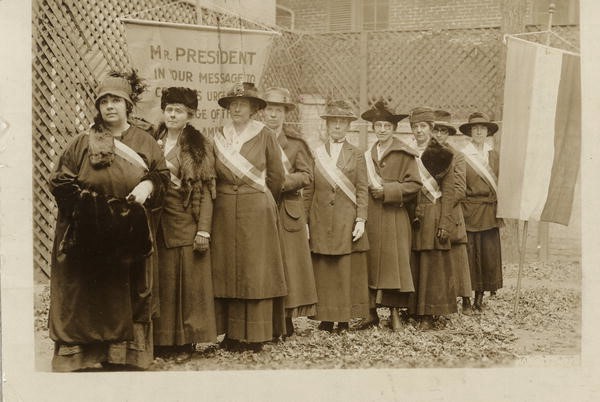
Caption: “Some of the picket line of Nov. 10, 1917.” Left to right: Mrs. Catherine Martinette, Eagle Grove, Iowa. Mrs. William Kent, Kentfield, California. Miss Mary Bartlett Dixon, Easton, Md. Mrs. C.T. Robertson, Salt Lake City, Utah. Miss Cora Week, New York City. Miss Amy Ju[e]ngling, Buffalo, N.Y. Miss Hattie Kruger, Buffalo, N.Y. Miss Belle Sheinberg, N.Y.C. Miss Julia Emory, Baltimore, Md.Credit: Photograph by Harris & Ewing, Washington, D.C., November 10, 1917. Cropped version of the photograph published in The Suffragist 5, no. 95 (Nov. 17, 1917). Available from the Library of Congress, National Woman’s Party Records, Group II, Container II:276, Folder: Group Photographs Nos. 77-87, and online at https://hdl.loc.gov/loc.mss/mnwp.276023.
A few years later the issue of women’s suffrage was facing several important votes. A portion of the suffrage movement known as the National Woman’s Party led by suffragist Alice Paul became the first “cause” to picket outside the White House. The ladies marched with signs and held mostly peaceful protests. In March 1913, Woodrow Wilson received the first suffragists in the White House—led by Alice Paul, and including Mary Bartlett Dixon and three others. Because state level suffrage was met with great resistance, suffragists like Dixon knew that a constitutional amendment was the only way to gain equality everywhere. On November 10, 1917, Dixon posed with a group of women protestors for a photograph including the suffrage banner and a critique of President Wilson. That day, Dixon was arrested for picketing the White House. She was sent to the Occoquan Workhouse along with many other suffragists.
Unstoppable
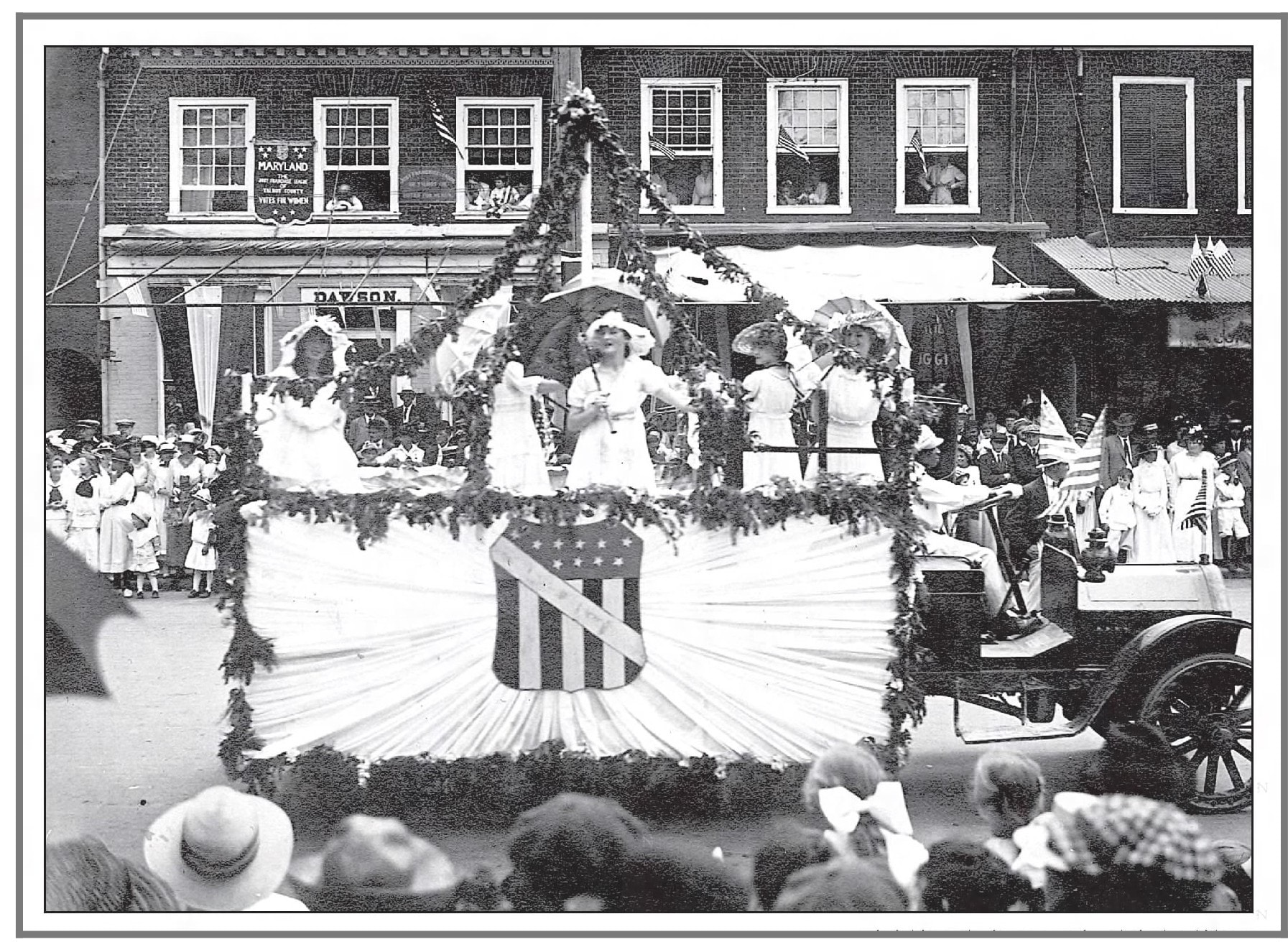
Image of Mary Bartlett Dixon on a float in front of the Talbot County Courthouse, circa 1911-1912. The Easton Star Democrat, April 5, 2018.
This stint in the workhouse apparently did not stop Mary from continuing her quest for universal suffrage. She went back to Maryland and continued the fight.
Gaining the Vote
Mary Bartlett Dixon was married shortly before she gained the right to vote. She married Dr. Thomas S. Cullen, a gynecologist at Johns Hopkins, in a small ceremony surrounded by family on April 6, 1920.
Last Accolades
In 1949 the Board of the Memorial Hospital of Easton decided to name establish a new fund in Mary’s name, the Mary Bartlett Dixon Cullen fund for Nursing Education.
After her husband died in 1953, she donated her Baltimore home to the American Cancer Society.
A Quaker, she was a member of the Friends Meeting in Easton, Maryland. Mary Bartlett Dixon Cullen died on September 6, 1957, at her home, Moreling Chance, near Easton. She was buried in Spring Hill Cemetery, in Easton, Talbot County, Maryland.
For more information on the unsung life of Mary Bartlett Dixon, see this biographical sketch here.
For more information on the Benco Dental Lucy Hobbs Project, supporting women in dentistry, click here.
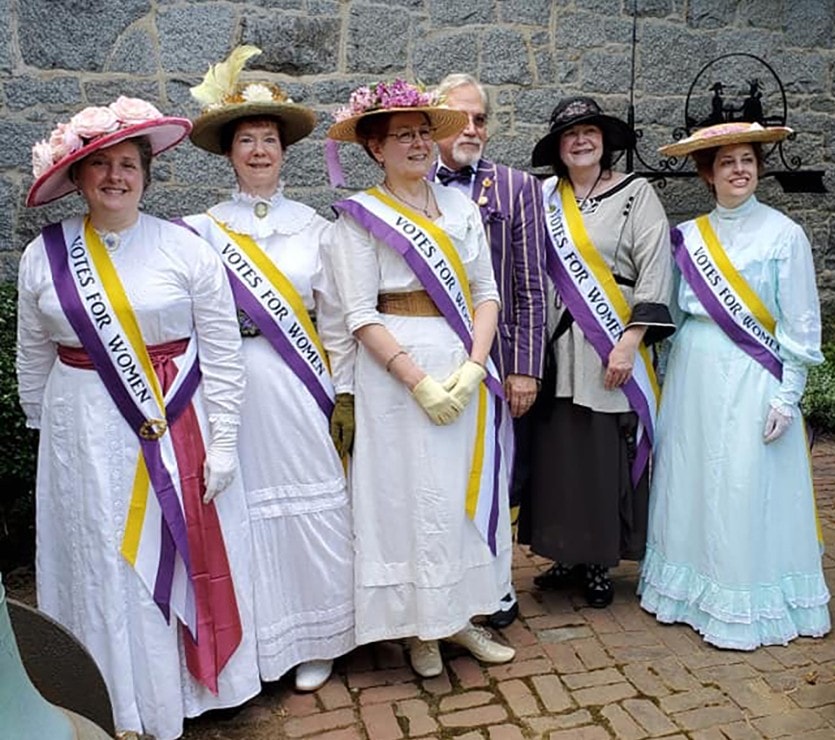
Some modern-day suffragettes, displaying their colors at a vintage event.


